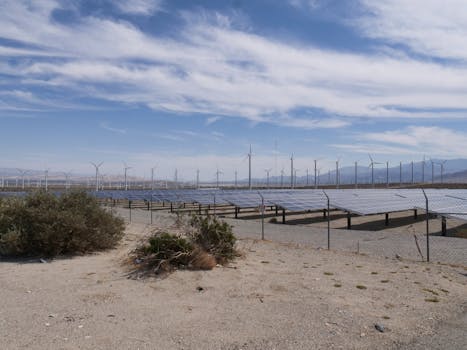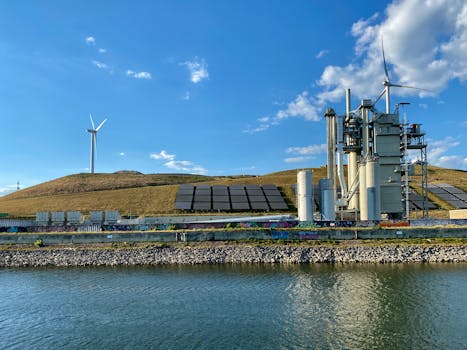
Introduction

Breakthroughs in renewable energy technology are paving the way for a sustainable future. As global energy demands rise, the need for clean, renewable sources becomes increasingly critical. In this article, we will explore various innovations in renewable energy, their significance, and how they contribute to sustainability.
Solar Power Innovations

Solar energy has witnessed remarkable advancements in recent years. Innovative technologies such as bifacial solar panels, which capture sunlight on both sides, are enhancing efficiency. Additionally, solar skins allow for customizable designs, making solar installations more aesthetically pleasing.
Moreover, developments in solar energy storage solutions, like advanced lithium-ion batteries, enable users to store excess energy for later use. This innovation addresses the intermittent nature of solar power, ensuring a steady energy supply even when the sun isn’t shining.
Wind Energy Advances

Wind energy technology is also experiencing significant breakthroughs. The development of larger and more efficient turbines has increased energy output. Floating wind farms are another innovative solution, allowing for energy generation in deeper waters where wind resources are stronger.
Additionally, predictive maintenance technologies powered by AI are optimizing the performance of wind turbines, reducing downtime and maintenance costs. These advancements not only make wind energy more reliable but also more sustainable.
Energy from Biomass

Biomass energy is another promising area of renewable technology. Innovations in converting agricultural and organic waste into biofuels are gaining traction. These methods not only provide alternative energy sources but also help reduce waste and greenhouse gas emissions.
Furthermore, biogas production through anaerobic digestion is becoming increasingly popular, turning organic waste into valuable energy while promoting a circular economy.
Hydrogen Fuel Cells

Hydrogen fuel cells are emerging as a clean energy solution. Recent breakthroughs in hydrogen production, particularly green hydrogen generated from renewable sources, are making this technology more viable. Fuel cells can power vehicles, homes, and industries, providing a versatile energy alternative.
The scalability of hydrogen technology makes it a key player in the transition to sustainable energy systems, with the potential to decarbonize hard-to-abate sectors.
Conclusion

In conclusion, breakthroughs in renewable energy technology are essential for achieving sustainability goals. Innovations in solar, wind, biomass, and hydrogen energy are transforming how we produce and consume energy. As these technologies continue to evolve, they hold the promise of a cleaner, more sustainable future for generations to come.




